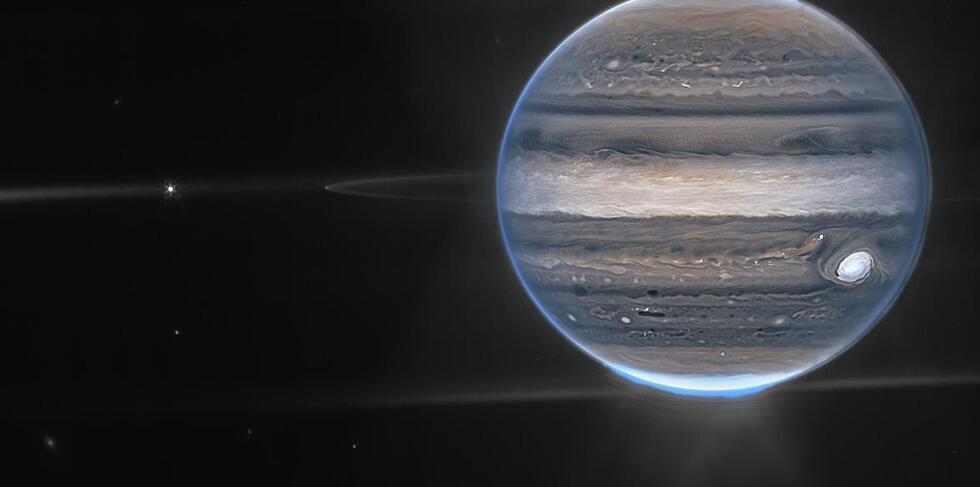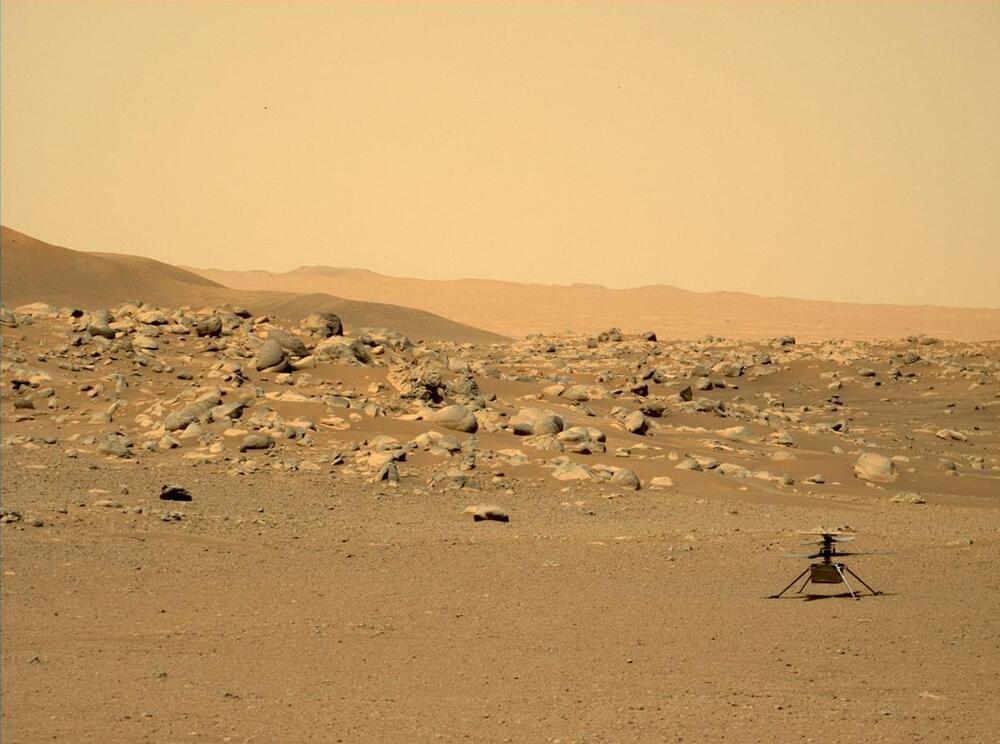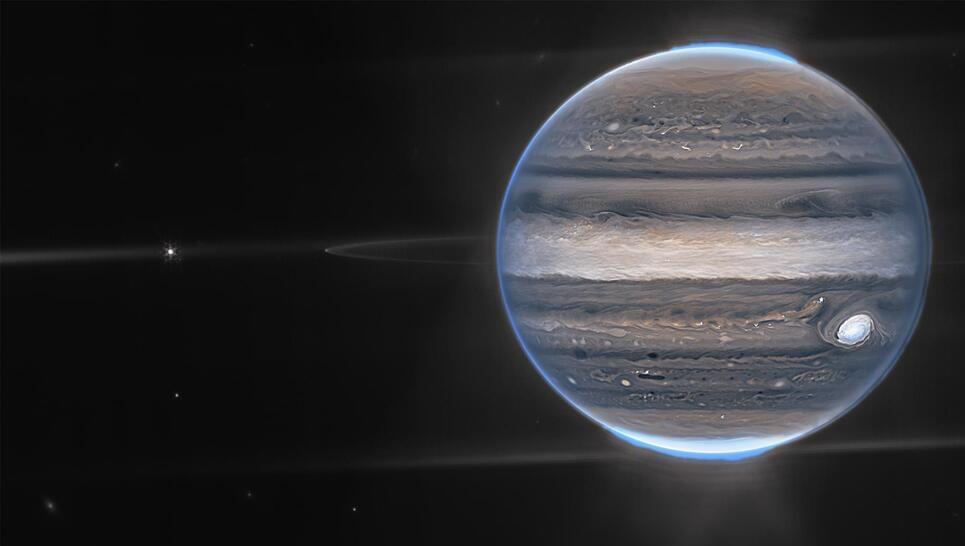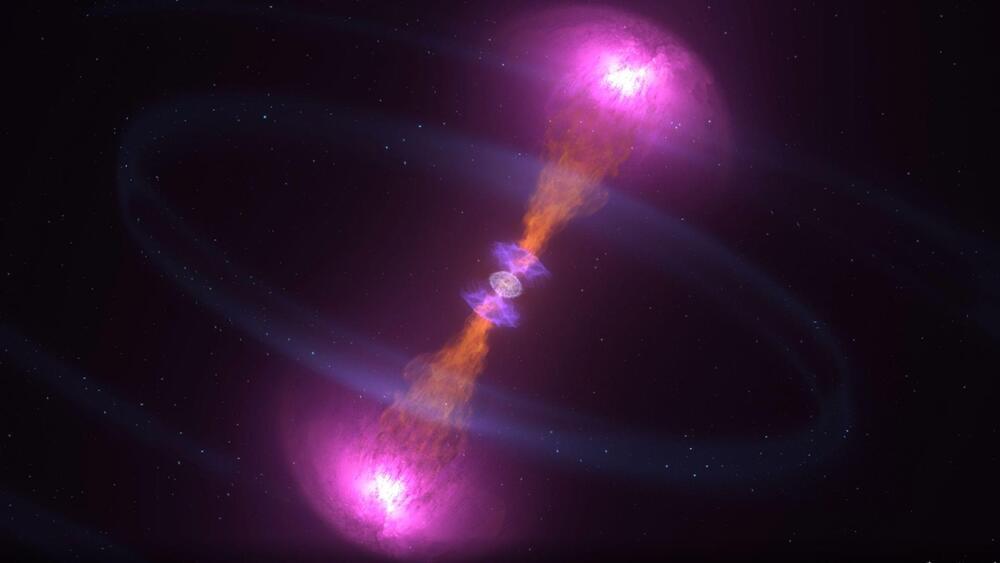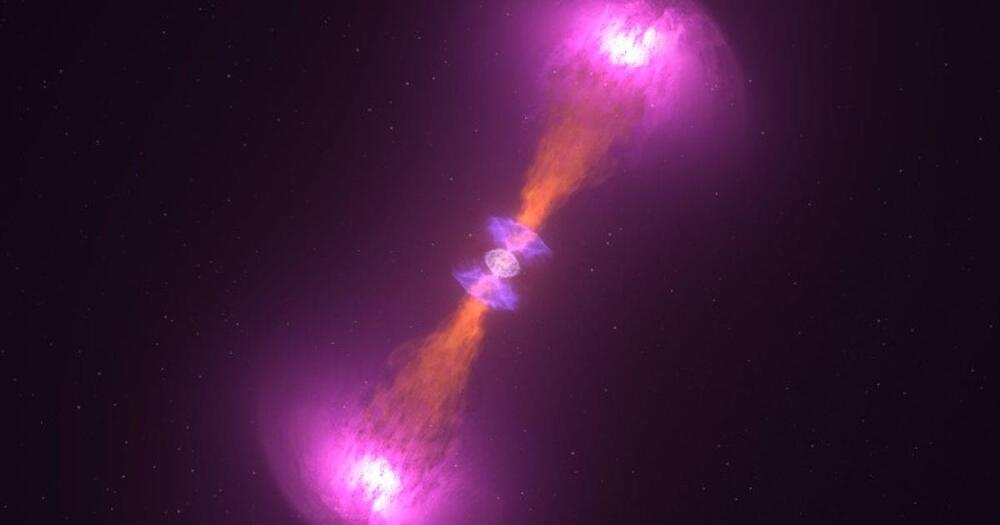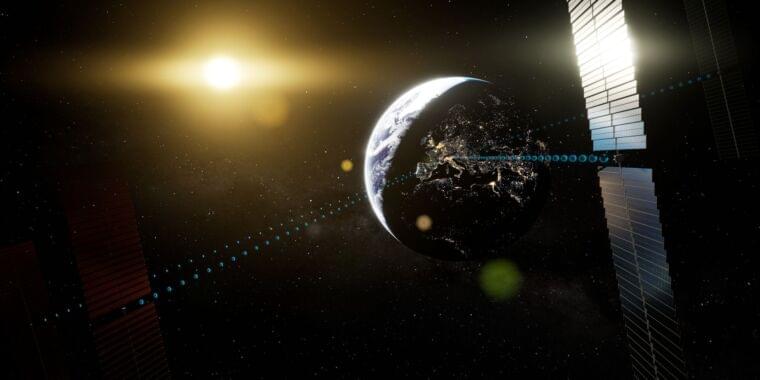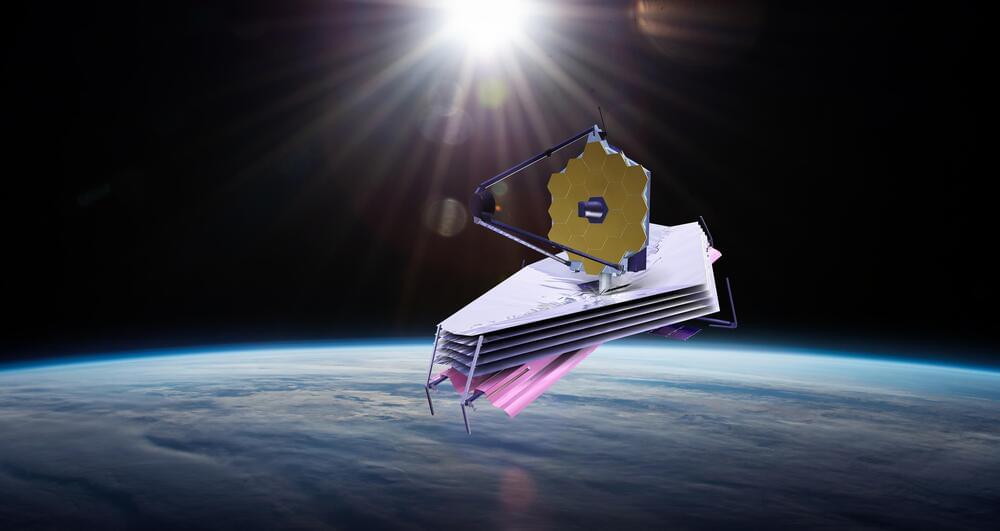
The James Webb space telescope continues to dazzle. After releasing the telescope’s first images in July, NASA and the other agencies behind the new telescope have continued to monitor and observe new galaxies and celestial phenomena. Now, the Cosmic Evolution Early Release Science Study (CEERS) has released James Webb’s largest image to date.
The new image is a mosaic that includes multiple pieces of data put together by people working on CEERS. The team is made up of 105 scientists and 19 investigators stationed across 28 institutions in the world. They captured all of the data using the new telescope. Together they all make up James Webb’s largest image to date.
The data was gathered using James Webb’s Near Infrared Camera (NIRCam), its Near Infrared Spectrograph (NIRSpec), and its Mid-Infrared Instrument (MIRI). Each part of the data was taken parallel to the others. Researchers then carefully stitched them together. The instruments capture data using wavelengths that aren’t visible to the naked eye. They then translated the data into visible images.
